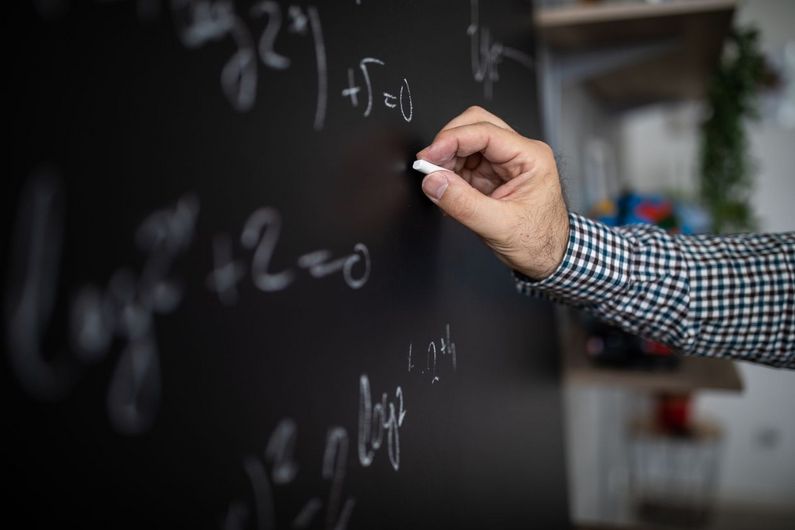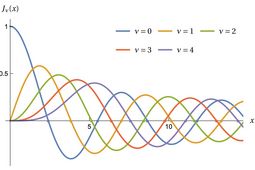70-year-old math problem solved
- UdeMNouvelles
02/29/2024
- Béatrice St-Cyr-Leroux
An UdeM professor and his collaborators have proven Pólya’s conjecture for the eigenvalues of a disk, a tricky problem in mathematics.
Is it possible to deduce the shape of a drum from the sounds it makes?
This is the kind of question that Iosif Polterovich, a professor in the Department of Mathematics and Statistics at Université de Montréal, likes to ask. Polterovich uses spectral geometry, a branch of mathematics, to understand physical phenomena involving wave propagation.
Last summer, Polterovich and his international collaborators—Nikolay Filonov, Michael Levitin and David Sher—proved a special case of a famous conjecture in spectral geometry formulated in 1954 by the eminent Hungarian-American mathematician George Pólya.
The conjecture bears on the estimation of the frequencies of a round drum or, in mathematical terms, the eigenvalues of a disk.
Pólya himself confirmed his conjecture in 1961 for domains that tile a plane, such as triangles and rectangles. Until last year, the conjecture was known only for these cases. The disk, despite its apparent simplicity, remained elusive.
“Imagine an infinite floor covered with tiles of the same shape that fit together to fill the space,” Polterovich said. “It can be tiled with squares or triangles, but not with disks. A disk is actually not a good shape for tiling.”
The universality of mathematics
In an article published in July 2023 in the mathematical journal Inventiones Mathematicae, the researchers show that Pólya’s conjecture is true for the disk, a case considered particularly challenging.
Though their result is essentially of theoretical value, their proof method has applications in computational mathematics and numerical computation. The authors are now investigating this avenue.
“While mathematics is a fundamental science, it is similar to sports and the arts in some ways,” Polterovich said.
“Trying to prove a long-standing conjecture is a sport. Finding an elegant solution is an art. And in many cases beautiful mathematical discoveries do turn out to be useful—you just have to find the right application.”














